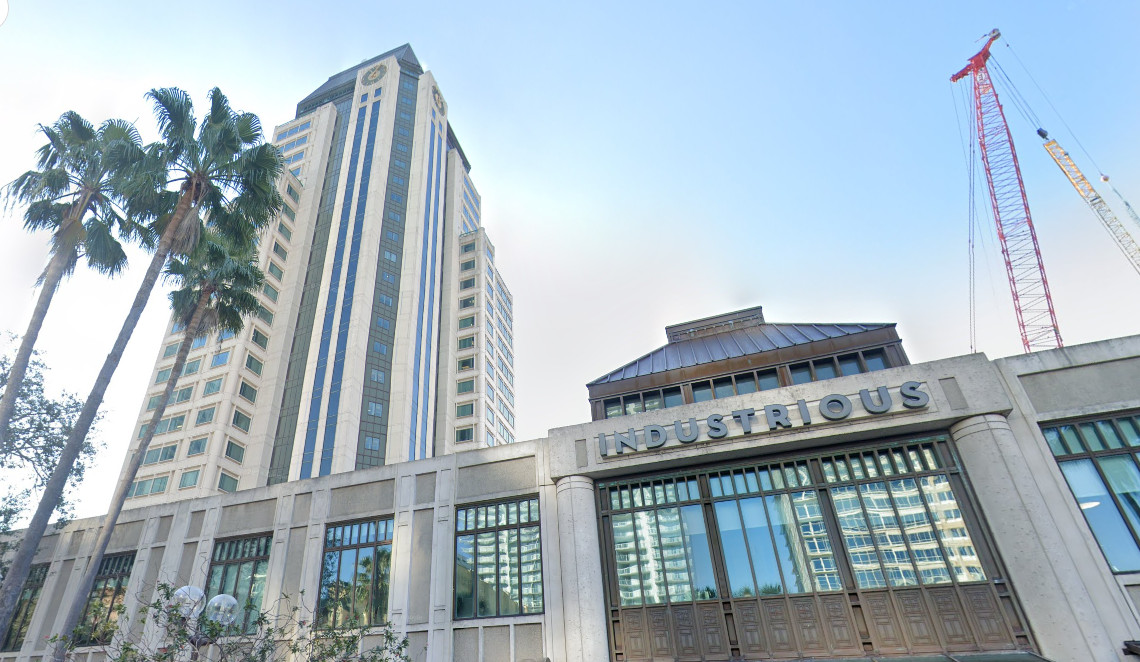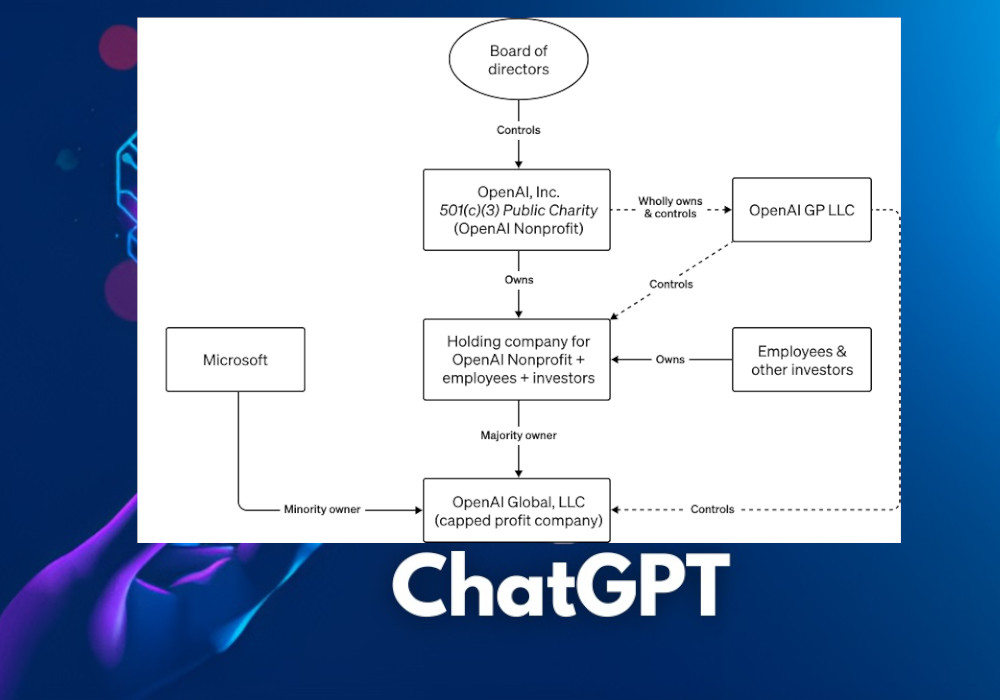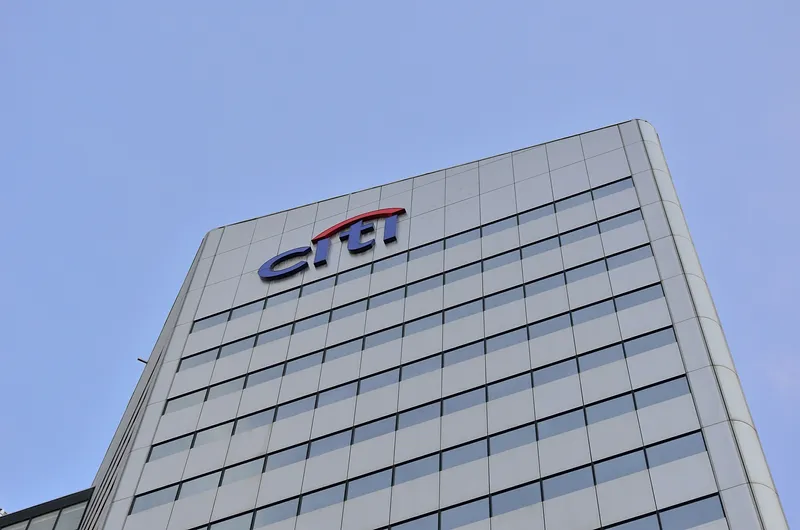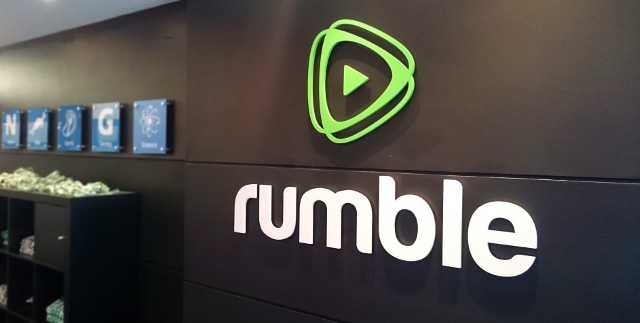Bank runs are making headlines in the news. But what does it mean? Has this happened before, and what can we expect to come?
As if high inflation, recession, and the threat of a world war weren’t enough, dive in as we explore the why behind Silicon Valley Bank’s collapse and its consequences.
Fear is a primal emotion triggered by a perceived threat to our lives. Physical threats become less common as civilization advances, but abstract ones like financial ruin still exist.
Banks manage depositors’ money, and the possibility of a bank collapse is terrifying. If you hear rumors of your bank’s difficulties, you might withdraw your money in a panic. Other depositors could do the same, causing a bank run.
Even if a bank was not in danger before a bank run, that could quickly become a self-fulfilling prophecy, causing any bank to run out of money.
Fractional reserve banking is the reason for this. The banking industry uses some of the depositors’ money to leverage capital for investments. Banks rely on depositors’ belief that their money is always available, but this is only sometimes the case.
When depositors fear losing money, they withdraw their funds in a frenzy. The panic-fuelled withdrawal can spread to other banks, causing a local or global ripple effect.
Panic-induced withdrawal, also known as a “bank run,” is what happened with Silicon Valley Bank, Silvergate Bank, Signature Bank, and even Credit Suisse.
Bank runs are not new. The first known case dates back to the 17th Century. After several attempts, entrepreneur and financial innovator Jonah Palmstruch was allowed by the Crown of Sweden to start a bank: Stockholms Banco.
It became the first bank in Europe to give out banknotes, and as lending rose rapidly quickly, these banknotes lost value just as quickly. The bank was closed, unable to give its customers their money back, and Palmstruch went to jail.
The Crown then took over and formed the Riksens Ständers Bank, Sweden’s national bank, controlled by the parliament and still active today.
Since then, there have been many instances of bank runs, called “Panics,” as if to hammer home the nature of these events, such as the Panic of 1893 or 1907.
While it’s true that many of these “Runs” happen based on speculation and rumors, like the Toyokawa Shinkin Bank incident of 1973, for example, there’s usually a glaring sign that triggers them.
The great depression and the 2008 financial crisis also saw numerous examples of bank runs.
Likewise, several Russian banks experienced panic due to the sanctions imposed for the war in Ukraine and their removal from the SWIFT system.
A relatively small incident happened in December 2011, where a rumor on Twitter of supposed “problems” with Swedish banks Swedbank and SEB sparked a lesser hysteria in Latvia.
Or a false rumor spread through WhatsApp in May 2019, which said that the UK’s Metro Bank was going out of business. While the bank resumed normal operations, it lost 24% of its retail banking customers.
Silicon Valley Bank’s recent collapse is the second-largest in US history since the 2008 financial crisis. One of the reasons for the failure is the bank’s focus on tech-centric companies, which have become increasingly dependent on cash over the past year. Venture capital funding has been limited, making it difficult for companies to obtain additional financing rounds for unprofitable periods. As a result, companies had to rely on their existing funds.
Another reason was fast transactions through the banking app and social media virality which contributed to the speed of the collapse. Signs of potential failure were also present in early March when SVB announced a $1.75bn capital raise to plug a hole created by selling its loss-making bond portfolio.
To protect the US economy and strengthen public confidence in the banking system, regulators approved plans to ensure depositors’ access to their funds. The Federal Reserve set up a separate facility to provide loans for up to one year for affected institutions.
The Fed is the governing body that manages the money supply and oversees all domestic monetary policies. The Fed can modify the bank’s reserve requirements if needed, but that rarely happens.
The likelihood of contagion toward other financial institutions, especially local banks, has been happening, such as with the Silvergate Bank and Signature Bank. With the spread moving worldwide to Credit Suisse, financial authorities’ goal right now is to prevent banks from collapsing. Will they succeed?











